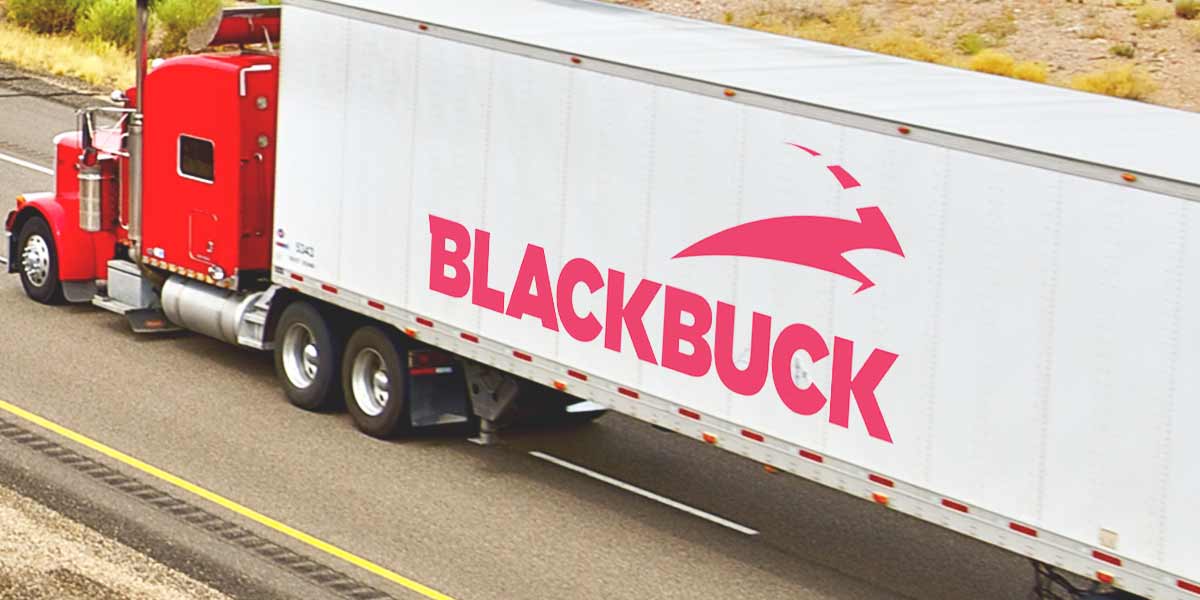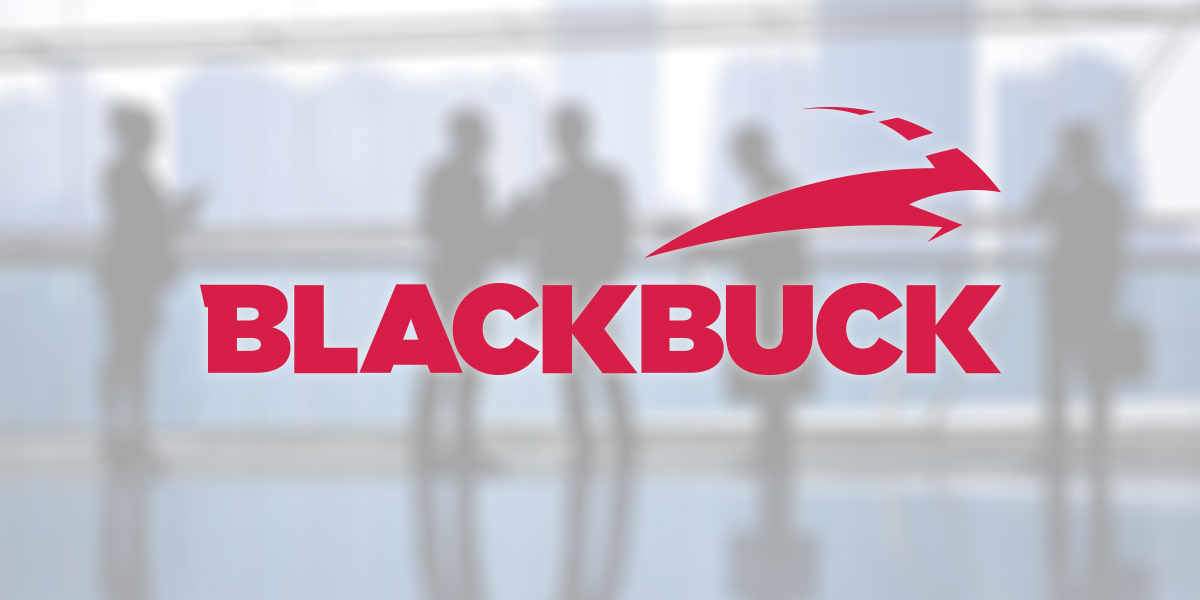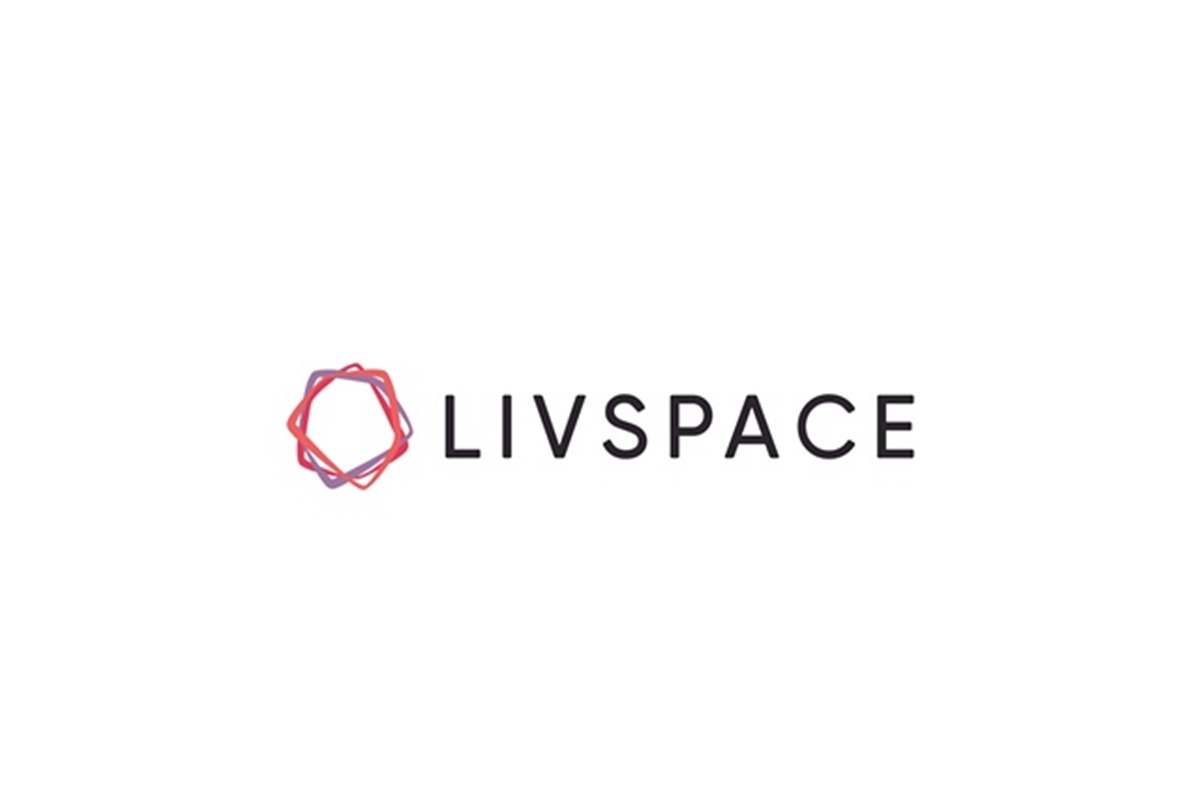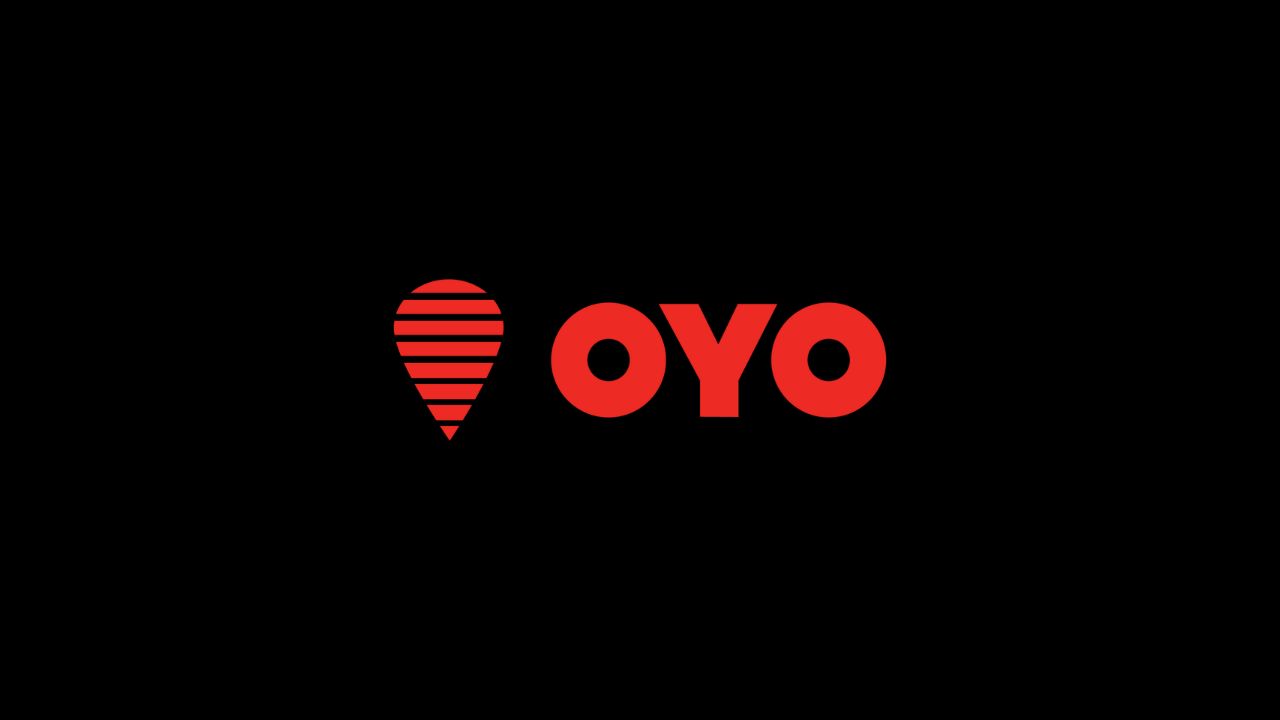Introduction
BlackBuck has been a pioneer in bringing the offline operations of trucking online, be it matching a shipper with a trucker or reshaping the infrastructure around trucking to facilitate payments, insurance, and financial services. The Business model of Blackbuck involves its business plan, revenue model, its competitors, SWOT Analysis and many more.

BlackBuck is an online marketplace for trucking. It is a tech-enabled logistics platform that is bringing the offline operations of trucking online. It is making it easier for millions of truckers to book a load and move at capacity and is enabling shippers to have access to trucks.
Founded in 2015, BlackBuck has been a pioneer in bringing the offline operations of trucking online, be it matching a shipper with a trucker or reshaping the infrastructure around trucking to facilitate payments, insurance, and financial services.
Business Plan
Blackbuck strives to improve the operations of over 300,000 truckers on their network by facilitating insurance, added financial security via its fin-tech partners, and increased daily returns from operations. They plan to use data science to predict the number of routes a trucker takes and allocate new orders before they reach their destination, eliminating downtime and ensuring “negative time” operations. The company follows both B2B and B2C business models.
Blackbuck also plans to venture into fintech and plans to offer loans to all truckers across the country and take financial transaction processing completely online. From an initial run of 10,000 trucks in 2015, they have grown to a massive hive of over 300,000 trucks serving thousands of locations around the country.
Blackbuck initially focused on creating trucking, shipping, freight, its insurance easier, but later made a big market in the trucking market with expanding its paws in the finance and investing industry. Trucking is the backbone of the Indian industry, ensuring the delivery of over 60% of the produced goods in the country.
Blackbuck is a fully managed online marketplace of truckers and shippers that has resulted in becoming a win-win situation for both the parties. With a shared vision and love for technology, Acko and Blackbuck will offer a hassle-free insurance that will expedite claim settlement using GPS data and build an even more efficient ecosystem.
The company designed its business model in such a manner that its trucks can be reassigned from their definite location for another trip so that the customers would get better prices and pay for the return trip and most importantly, a fewer carbon footprint.
Revenue Model
BlackBuck charges a little amount of fees from its customers at a fixed rate for the contract business. It generates a huge fraction of its money by charging the customers as well as the truck owners a commission of around 15-20% that depends on the Freight value.
BlackBuck is upgrading logistics into an absolutely reliable and efficient at country level. The company has increased its revenue with an enormous rate of 60% and took it up to $128 million, as of FY18. The annual revenue was estimated as Rs. 1,790.7 crores in FY19.
Competitors
Its top competitors in the market are:
- Delhivery
- BlownHorn
- Rivigo
- Xpressbees
- ElasticRun
SWOT Analysis
Strengths
- Enlarged Presence: The geographic presence in different regions can act as one of the major strength of the organization. It determines the business’s reach to the target market and ensures the easy accessibility. Strong online presence on different social networking sites and efficient social media management can enhance the effect of positive e-WOM and develop strong relationships with customers.
- Financial Position: Strong financial position and health can allow the firm to make further investments. Access to the suppliers that offer raw material at a lower cost can improve the overall business efficiency.
- Resources: The well-developed and efficiently integrated IT infrastructure can improve the operational efficiency and increase knowledge of the latest market trends. Competent and committed human capital can act as a powerful source of competitive advantage, particularly when business is service oriented in nature. An organization may own different intellectual property rights that can make the product offerings unique and exclusive, making it difficult for competitors to imitate.
- Workplace diversity can also act as a major business strength, particularly when the organization intends to operate in the international market.
- The horizontal and/or vertical integration can increase the control over whole value chain, result in improved access to raw material and quick product delivery to the final customer.
Weaknesses
- Waste Management: The organization can draw the criticism from the environmentalists for its poor waste management practices and inability to integrate sustainability in business operations. Less expenditure on the research and development activities can weaken the company performance due to poor local/international market knowledge. Poor project management practices can internally weaken the ability of the organization to successfully open new branches or expand the product line.
- Budgeting concerns: The cash shortage or insufficient current assets negatively affect the liquidity position and harms the overall business performance. The company may lose efficiency due to poor inventory management practices. The shortage or excessive inventory can either result into. Insufficient budget for the marketing and promotion activities weakens the firms’ ability to expand the customer base and encourage repeat purchase.
- Customer Needs: The inability to understand customers’ needs and expectations lead to an ineffective strategic decision-making process. With this weakness, the organization may not be able to identify the potential improvement seeking areas in product/service mix. The poor customer service (such as inefficient customer complaint handling) can trigger the negative word of mouth about the business and affect business growth.
- Organizational Structure: Lack of organizational commitment and high employee turnover can increase recruitment costs and reduce organizational productivity. High job stress and consequent low workers’ morale makes the workforce less productive. The decision making in the BLACKBUCK takes too much time, causing expensive delays in introducing new products in the market.
Opportunities
- Environmental changes: The exponential growth in the population, and particularly in the existing or potential customer segments is a great growth opportunity for the business organization. The changing customer needs, tastes and preferences can act as an opportunity if the business organization has good market knowledge.
- Tech Savvy Development: The development of new technologies to assist the product/service production and delivery process can be exploited to embed the innovation in business operations. The advanced technological integration can decrease costs, improve efficiency and result in the quick introduction of innovative products.
- Customers: Rise in the customers’ disposable income and increase in the affluent customer base can be taken as an opportunity to introduce more high-end products. Customers may start preferring new and creative products/services as a result of changing tastes. Improvement in the customers- lifestyle and standards mean more consumption on consumer goods and services, and more opportunities to encourage the purchase.
- New Market: The emergence of e-commerce and social media marketing as a trend can be a great opportunity for BLACKBUCK if it can ensure strong online presence on different social networking sites. The emergence of new market segments and new niches provide business and product line expansion opportunities.
Threats
- Regulatory Framework: The changing regulatory framework and introduction of new stricter regulations impose a major threat to the BLACKBUCK. It makes compliance with legal standards more complex and challenging for the business organization. Inability to comply with changed regulations raises the risk of expensive law suits.
- Economic Conditions: The deteriorating economic conditions affect business performance when they directly influence the customers’ spending patterns and purchasing power. The rise in inflation increases the cost of production and affects the business profitability. The globalization pushes the organization to cross national boundaries and deal with cultural diversity, which may have a detrimental impact if the organization lacks the cultural intelligence.
- Sustainability Issues: The growing environmental sustainability trends act as a major threat when offered products/services are not environment friendly. It draws the negative publicity and criticism from the environmentalists and affects the brand image in a competitive market. Shortage of skilled labor in the market can make it difficult for the organization to attract talent with the right skills set. The increasing number of direct and/or indirect competitors affects the organization’s ability to sustain and expand the customer base.
Conclusion
BlackBuck is one of the largest logistics services providers in India and is working in improving trucking more efficiently. The company utilizes advanced technology in trucking services and develops a huge customer base which results in great deals.




